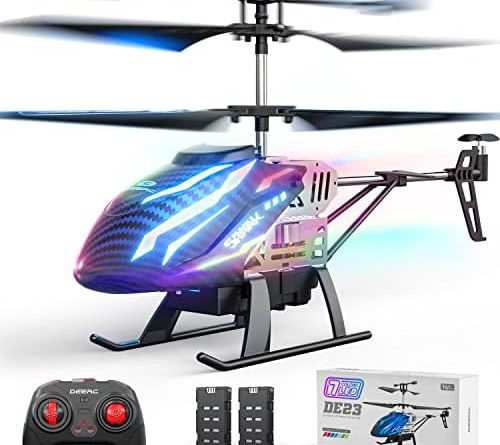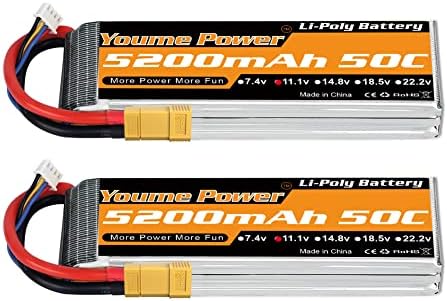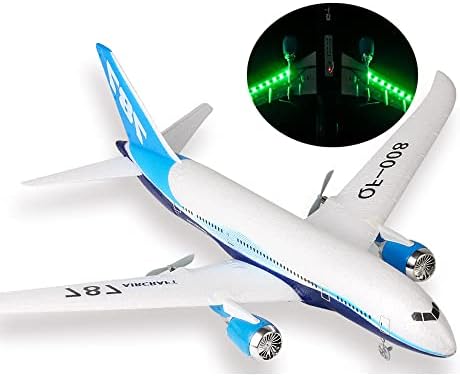






RC Plane Model: A Comprehensive Guide
RC planes are one of the most fascinating hobbies that people all over the world enjoy. Flying an RC plane is an exciting experience that can be enjoyed by people of all ages. There are innumerable types of RC planes available in the market, but picking the right one that suits your interest can be a daunting task. In this comprehensive guide, we will provide you with everything you need to know about RC planes, including how to choose the right model for you, how to fly them, and some tips and tricks to enhance your flying experience.
1. Types of RC Planes
RC planes are classified into several types based on their size, complexity, and flying style. Here are a few common types of RC planes:
• Trainer Planes: These planes are perfect for beginners who are willing to learn to fly. Trainer planes have a simple design and are easy to handle, making them ideal for learning basic flying skills.
• Sport Planes: Sport planes are relatively faster and are designed to perform aerobatics and other stunts in the air. These planes are perfect for those who have already mastered the art of flying.
• Scale Planes: These planes are replicas of real-life airplanes and are designed to look similar to them. Scale planes come in different sizes and are ideal for those who love an aesthetic flying experience.
• Warbirds: These planes are modeled after the fighter planes of World War II and are designed to look like them. Warbirds are perfect for those who want to relive the glory of aviation history.
2. Choosing the Right RC Plane
Choosing the Right RC Plane is crucial for a good flying experience. Here are a few things to consider when choosing an RC plane:
• Skill Level: Choose the plane that suits your skill level. If you are a beginner, go for a trainer plane; if you are looking to perform stunts and aerobatics, go for a sport plane.
• Electric or Gas Powered: RC planes can be powered by either electric or gas. Electric planes are cheaper and easier to maintain, while gas-powered planes offer better performance.
• Ready-to-Fly (RTF) or Build-it-Yourself (BIY): For beginners, it’s best to start with an RTF plane, as it comes pre-built and is ready-to-fly. For those who have experience building things, a BIY plane can be a good choice, as it allows customization of the plane.
3. Flying an RC Plane
Flying an RC Plane is not as easy as it seems. Here are a few tips to help you get started:
• Pick a good location: Find an open space with no obstructions to fly your plane. Avoid flying near trees, buildings, or people.
• Perform a pre-flight check: Check your plane’s battery level, radio signal, and control surfaces before flying.
• Take it slow: Take your time and start with simple maneuvers. Don’t rush into performing stunts.
• Land Safely: Always plan for a safe landing. Practice landing your plane on a flat surface, and if possible, have someone help you by spotting the plane while you land.
4. Tips to Enhance Your Flying Experience
Here are some additional Tips to Enhance Your Flying Experience:
• Invest in good equipment: Good equipment ensures a smooth flying experience. Invest in a high-quality radio, battery, and charger.
• Join a community: Join an RC flying community to learn from experienced flyers and share your experiences.
• Practice regularly: Practice regularly to improve your skills and become a better flyer.
5. FAQs
Here are some frequently asked questions about RC planes:
Q. How high can an RC plane fly?
A. It depends on the model of the plane. Most RC planes can fly up to 400-500 feet.
Q. How long can an RC plane stay in the air?
A. It depends on the battery life, wind conditions, and the model of the plane. Most planes can stay in the air for 15-20 minutes.
Q. Is flying an RC plane hard?
A. It can be challenging at first, but with practice, it becomes easier.
Q. How do I control an RC plane?
A. An RC plane is controlled through a radio transmitter, which sends signals to the plane’s receiver.
Q. How do I repair my RC plane?
A. It depends on the damage to the plane. Minor damages like scratches or dents can be fixed with glue, but major damages need professional help.
Conclusion
Flying an RC plane is an exciting hobby that can be enjoyed by people of all ages. With the right equipment, proper techniques, and good practice, anyone can become a skilled RC flyer. In this article, we have discussed the different types of RC planes, how to choose the right one, how to fly them, and some tips to enhance your experience. We hope this guide has provided you with valuable insights and helps you to become a better RC flyer.
Price: $52.98
(as of Mar 10, 2023 05:08:39 UTC – Details)







